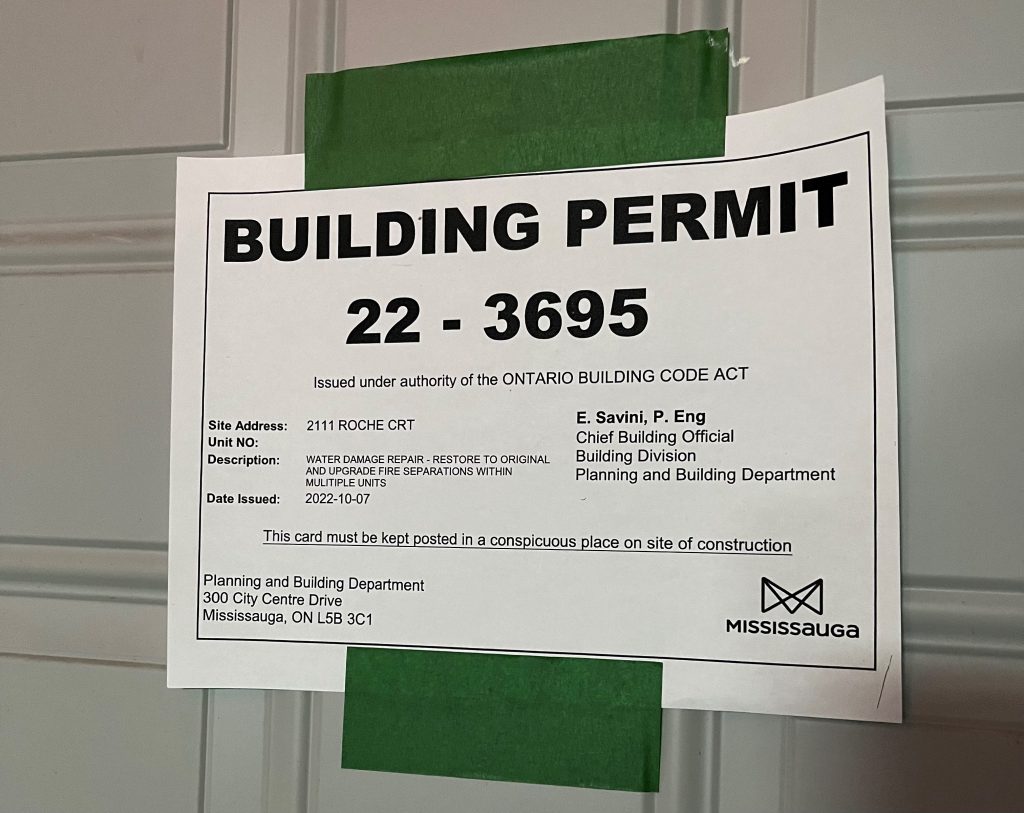Trump tried to seize control of Mueller probe, report says
Posted April 18, 2019 10:17 am.
Last Updated April 18, 2019 5:06 pm.
This article is more than 5 years old.
After nearly two years of waiting, America is getting some Trump-Russia answers straight from Robert Mueller.
Public at last, special counsel Mueller’s report revealed Thursday that President Donald Trump had tried to seize control of the Russia probe and force Mueller’s removal to stop him from investigating potential obstruction of justice by the president.
The report said that in June 2017, Trump directed White House Counsel Don McGahn to call the acting attorney general and say that Mueller must be ousted because he had conflicts of interest.
McGahn refused — deciding he would rather resign than trigger what he regarded as a potential Saturday Night Massacre of Watergate firings fame.
For all of that, Mueller said in his report that he could not conclusively determine that Trump had committed criminal obstruction of justice.
The Justice Department posted a redacted version of the report online Thursday morning, 90 minutes after Attorney General William Barr offered his own final assessment of the findings.
The two-volume, 448-page report recounts how Trump repeatedly sought to take control of the Russia probe.
See the full redacted version of the Mueller report here: Report on the investigation into Russian interference in the 2016 Presidential Election
Mueller evaluated 10 episodes for possible obstruction of justice, including Trump’s firing of FBI Director James Comey, the president’s directive to subordinates to have Mueller fired and efforts to encourage witnesses not to co-operate.
The president’s lawyers have said Trump’s conduct fell within his constitutional powers, but Mueller’s team deemed the episodes deserving of criminal scrutiny.
Mueller reported that Trump had been agitated at the special counsel probe from its earliest days, reacting to Mueller’s appointment by saying it was the “end of his presidency.”
As for the question of whether the Trump campaign had colluded with Russia during the 2016 presidential campaign, Mueller wrote, “While the investigation identified numerous links between individuals with ties to the Russian government and individuals associated with the Trump Campaign, the evidence was not sufficient to support criminal charges.”
Mueller also said there wasn’t sufficient evidence to charge any campaign officials with working as an unregistered foreign agent of Russia.
The report included an appendix that contained 12 pages of Trump’s written responses to the special counsel. They included no questions about obstruction of justice, as was part of an agreement with Trump’s legal team.
Trump told Mueller he had “no recollection” of learning in advance about the much-scrutinized Trump Tower meeting between campaign officials and a Russian lawyer. He also said he had no recollection of knowledge about emails setting up the meeting that promised dirt on Hillary Clinton’s campaign.
He broadly denied knowing of any foreign government trying to help his campaign, including the Russian government. He said he was aware of some reports that Russian President Vladimir Putin had made “complimentary statements” about him.
Trump said that his comment during a 2016 political rally asking Russian hackers to help find emails scrubbed from Clinton’s private server was made “in jest and sarcastically” and that he did not recall being told during the campaign of any Russian effort to infiltrate or hack computer systems.
Trump’s legal team called the results “a total victory for the president.”
Eager to get in a first word ahead of the public release of the special counsel’s report, Attorney General William Barr laid out in advance what he said was the bottom line: No collusion between the Trump campaign and Russian government hackers.
While Mueller drew no conclusion about whether President Donald Trump had obstructed justice in the investigation, Barr said he and Deputy Attorney General Rod Rosenstein personally had concluded that while Trump was “frustrated and angry” about the Mueller probe, nothing the president did rose to the level of an “obstruction-of-justice offence.” Barr said Mueller’s report examined 10 episodes pertaining to Trump and obstruction.
The release of the report opens up months, if not years, of fights over what the document means in a deeply divided country.
Lawyers for President Donald Trump reviewed the final redacted version of the report before its public release.
Barr said at the news conference that the president did not exert executive privilege to withhold anything in the report. He added that the president’s personal attorney had requested and gotten a chance to review the report before its public release.
Barr said that he and deputy Rod Rosenstein disagreed with some of Mueller’s “legal theories” pertaining to obstruction of justice. But he said that didn’t influence their conclusion that Trump didn’t commit a crime.
He said they set their feelings on the matter aside and accepted Mueller’s “legal framework for purposes of our analysis” but still determined that the evidence gathered by Mueller was “not sufficient to establish” that Trump had violated the law.
Barr said that no one outside the Justice Department has seen the unredacted Mueller report. And he added that no redactions were either made or proposed outside of the small group of Justice staffers that pored over Mueller’s report.
Barr added he will allow Congress to view the report with nothing redacted other than grand jury information. Three other categories of information also were redacted in the publicly released report, including information pertaining to ongoing prosecutions and sensitive intelligence sources and methods. Barr says he hopes that giving Congress access to the less redacted report and his upcoming testimony on Capitol Hill “will satisfy any need Congress has for information regarding the special counsel’s investigation.”
The report’s release represents a moment of closure nearly two years in the making and at the same time the starting bell for a new round of partisan warfare.
Even ahead of the report’s release, Democrats cried foul about Barr’s press conference, for “spinning the report” in the words of Senate Minority Leader Chuck Schumer.
“The process is poisoned before the report is even released,” he said and mocked it as a “campaign press conference” for President Donald Trump.
House Speaker Nancy Pelosi said Barr is involved in a “staggering public effort” by the Trump administration to put a positive face on the Mueller report.
Barr’s news conference ended abruptly after Barr bristled at the tone of some questions about how he handled the Mueller report.
And moments after Barr finished speaking, House Judiciary Chairman Nadler sent a letter requesting that Mueller himself testify before his panel “no later than May 23.” The New York Democrat tweeted that Congress and the public need to hear directly from Mueller to “better understand his findings.” Pelosi added it is “more urgent than ever” that the special counsel testify before Congress.
Barr says he has “no objection” to Mueller “personally testifying” before Congress about his investigation.
Mueller remains a Justice Department employee, and Barr could have blocked Mueller from speaking to Congress.
The report was not expected to place the president in legal jeopardy, as Barr made the decision that Trump shouldn’t be prosecuted for obstruction of justice.
Overall, Mueller brought charges against 34 people — including six Trump aides and advisers — and revealed a sophisticated, wide-ranging Russian effort to influence the 2016 presidential election. Twenty-five of those charged were against Russians accused either in the hacking of Democratic email accounts or of a hidden but powerful social media effort to spread disinformation online.
Five former Trump aides or advisers pleaded guilty and agreed to co-operate in Mueller’s investigation, among them Trump’s campaign chairman, national security adviser and personal lawyer.










